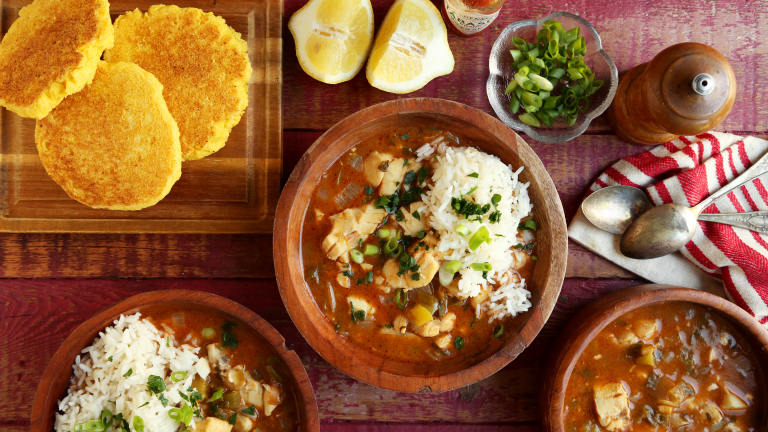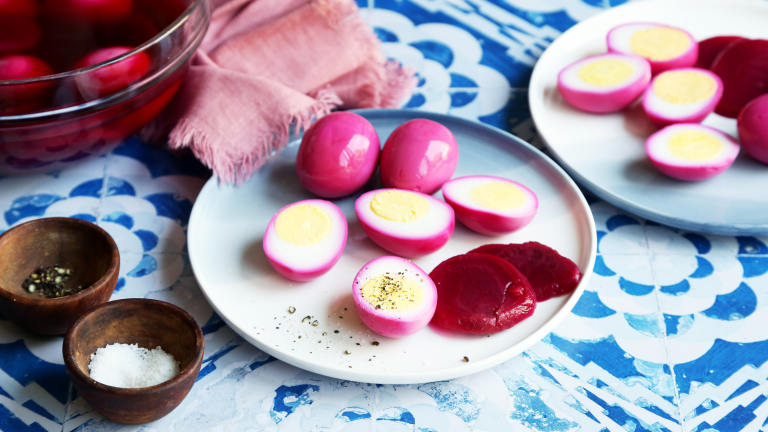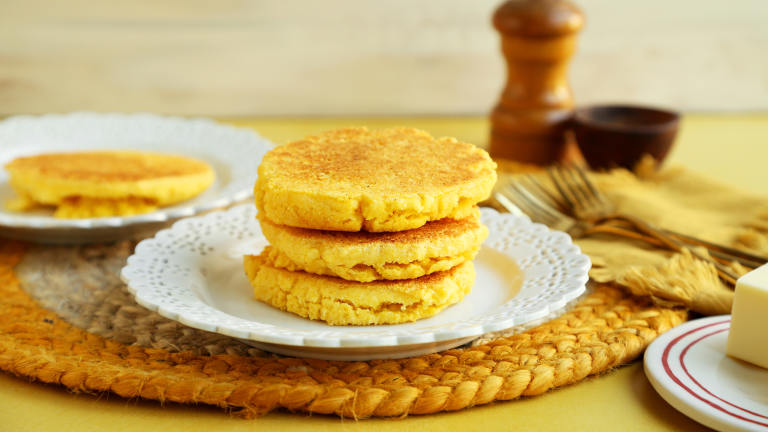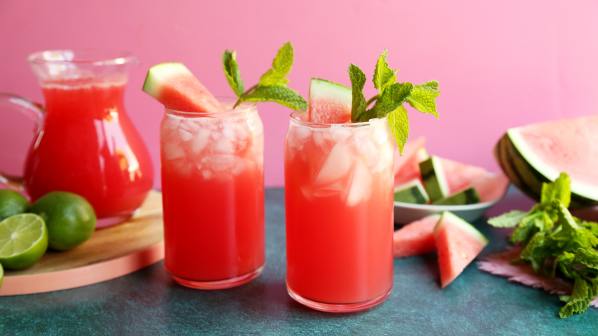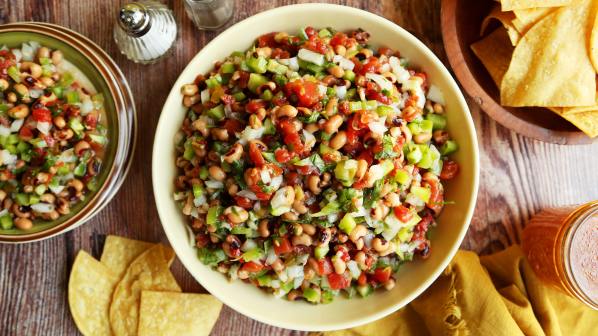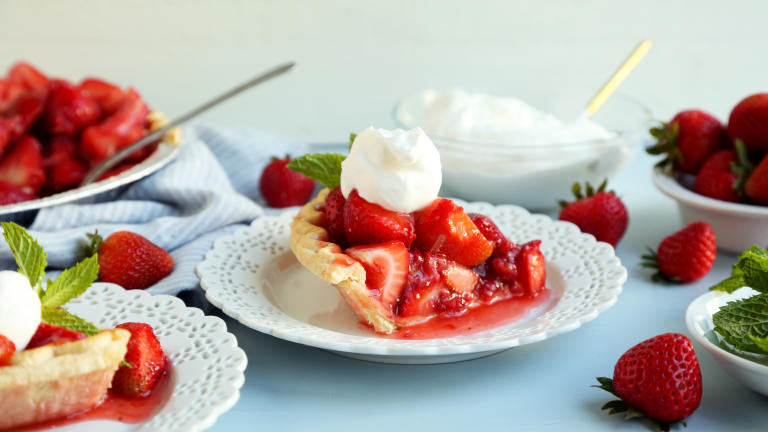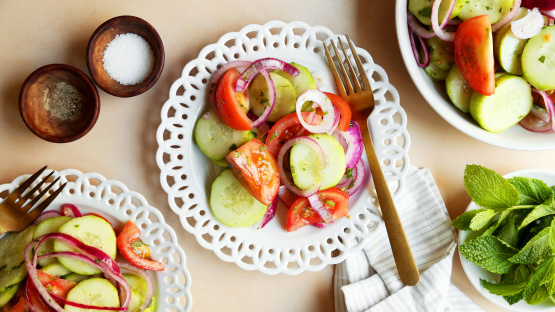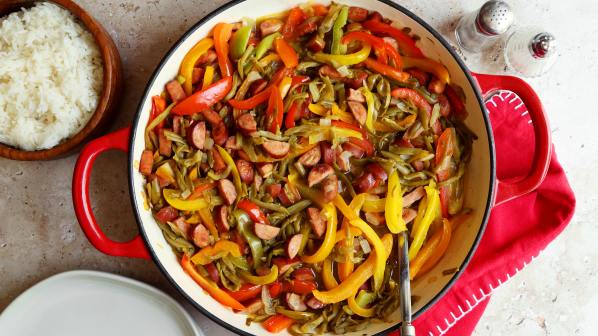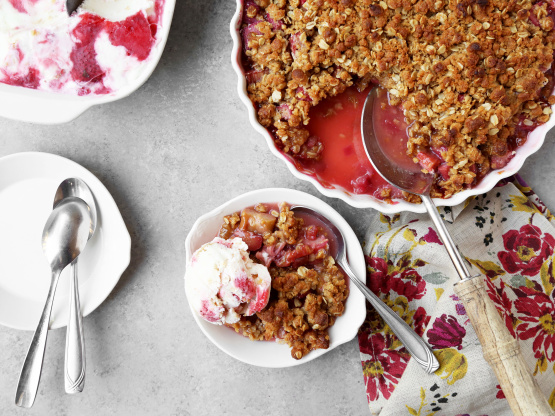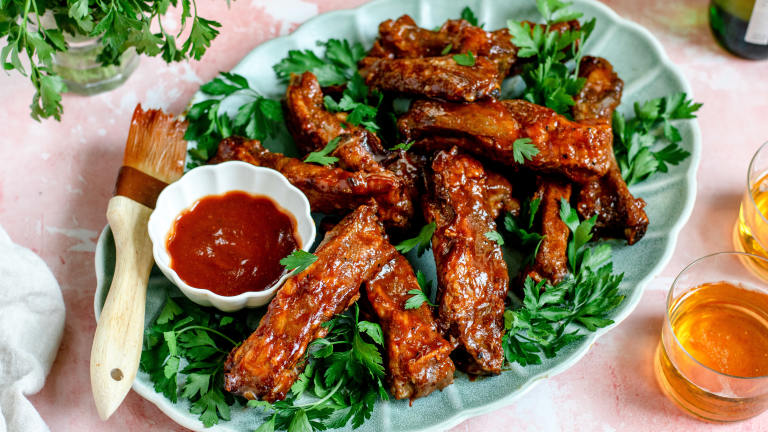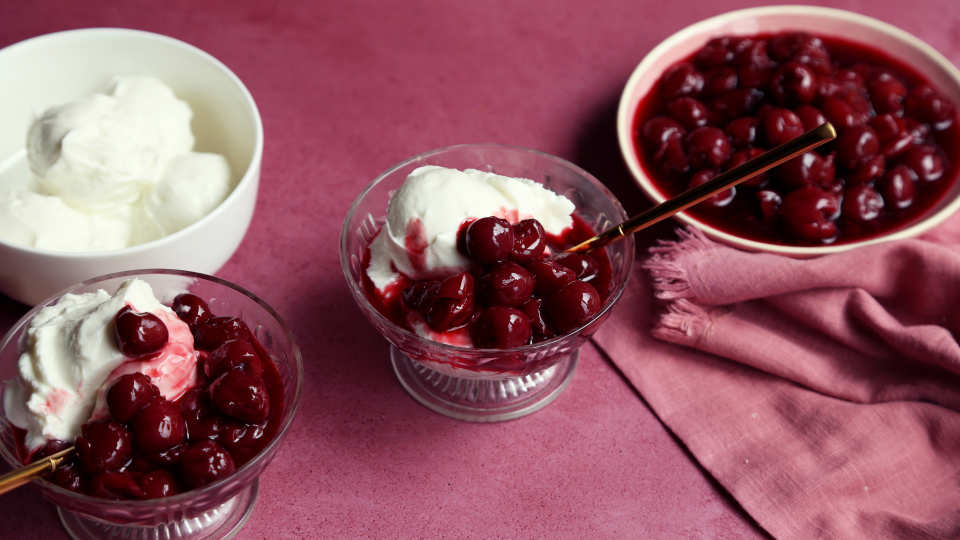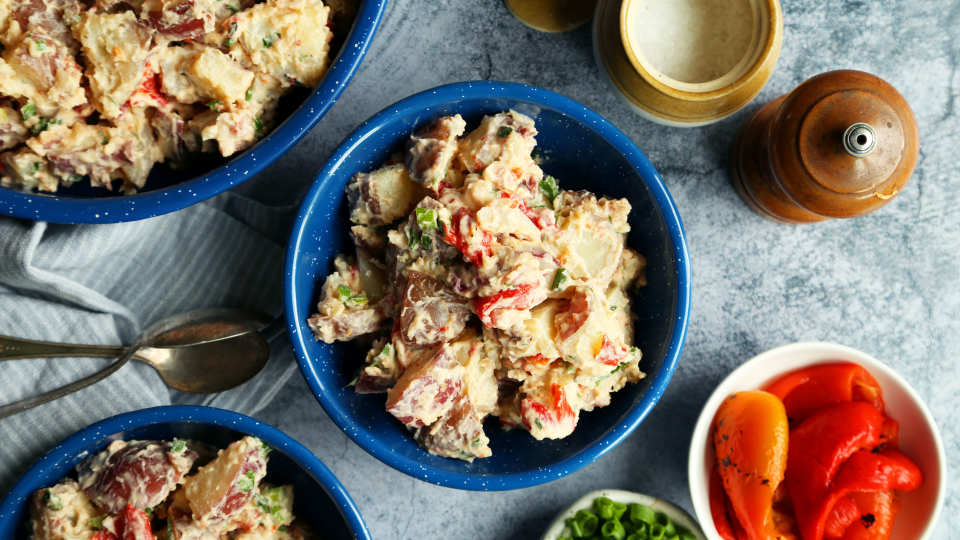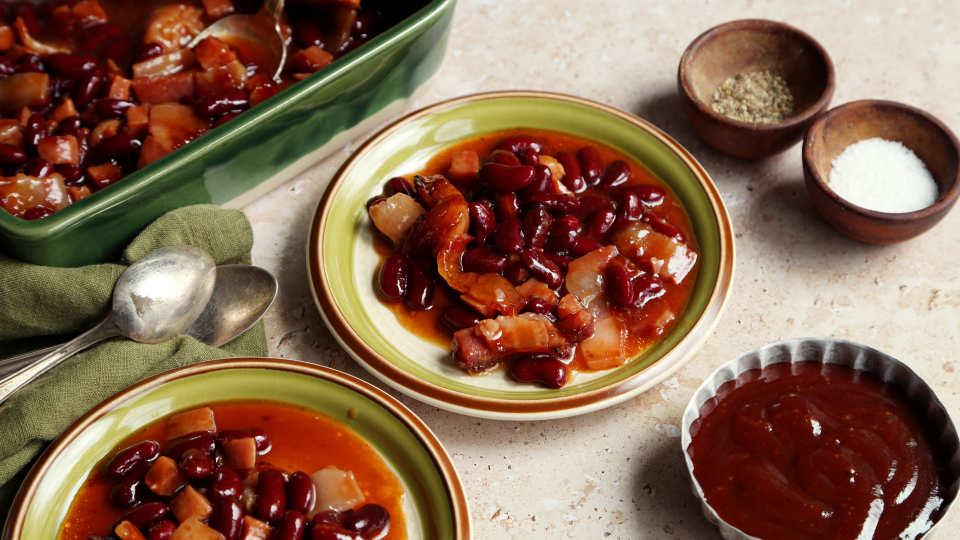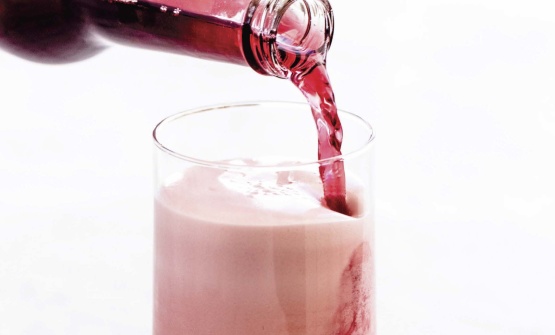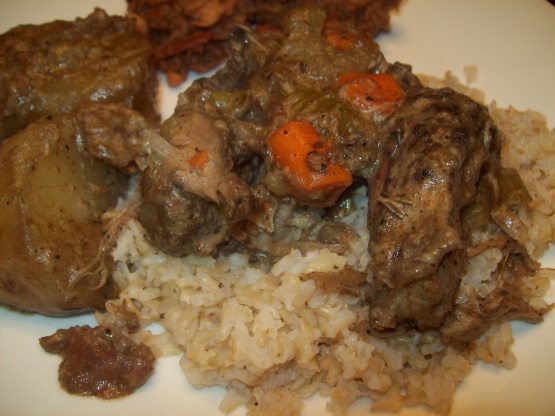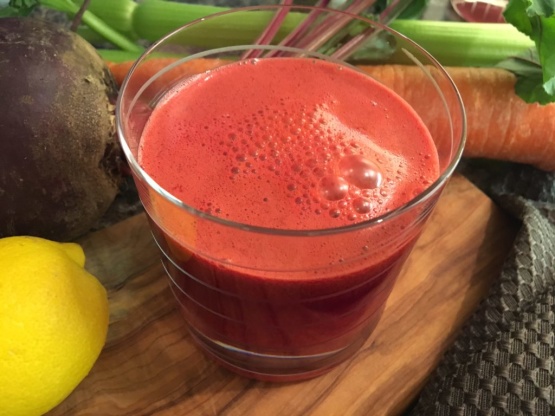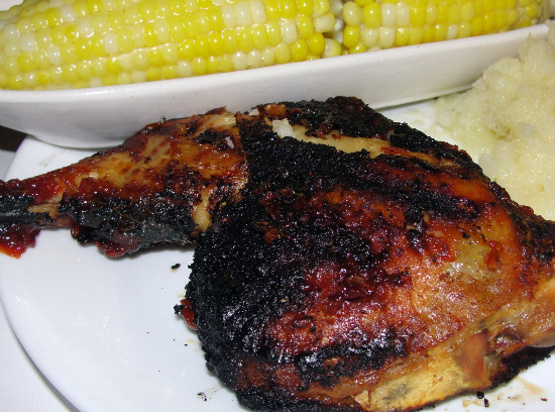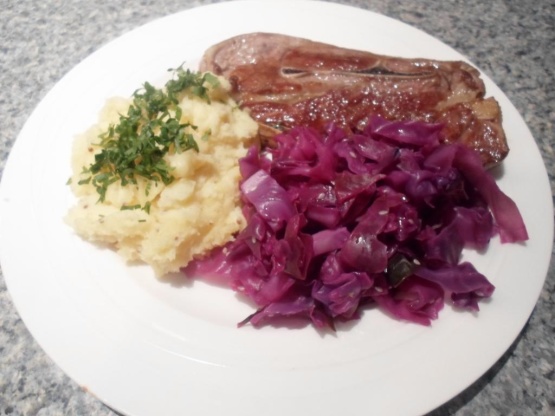24 Jubilatory Juneteenth Recipes
Juneteenth, our nation’s newest federal holiday, is a portmanteau of June 19, 1865—the day when the Union Army marched into the port city of Galveston in Confederate Texas and announced the end of chattel slavery, beginning enforcement of the 1963 Emancipation Proclamation. The joyous eruption of an estimated 250,000 humans there, freed from bondage, became the first “Jubilee” Day, and marked a new beginning in the hope for equality and freedom; freedom that would be guaranteed later that year with the ratification of the 13th Amendment.
While early commemorations were held mainly within Black communities throughout Texas, they expanded over time as a result of the Great Migration. As foundational farmers and “cooks of the nation,” African-Americans helped define and shape national cookery and cuisine, including many now-classic dishes, some of which are reflected in this curated menu.
The start of summer means socializing, so communal dishes and outdoor cookery are common. Red-hued food and drink (ranging from mahogany or burnt sienna to black cherry and magenta) feature prominently at any Juneteenth gathering, distinguishing this early-summer holiday from regular picnics, park parties or backyard barbecues. A classic color of celebration, red has a strong connection to spiritually significant foods from western Africa—like hibiscus, watermelon and kola nuts. Red is also said to symbolize the blood shed during enslavement.
Curated by Tonya Hopkins, aka @TheFoodGriot
